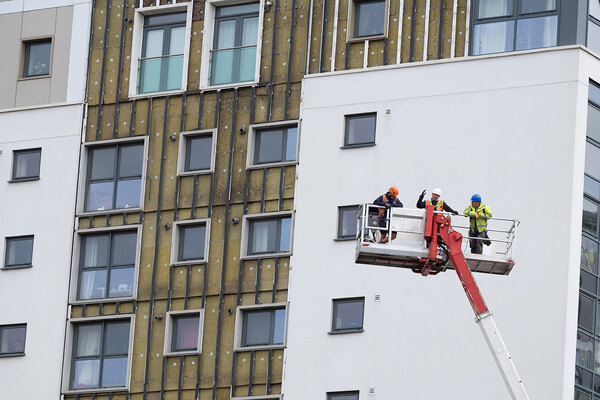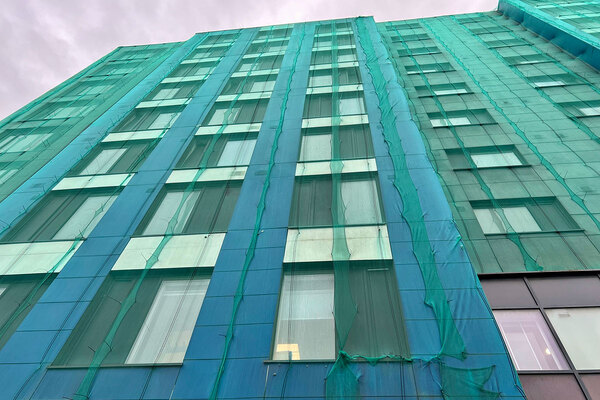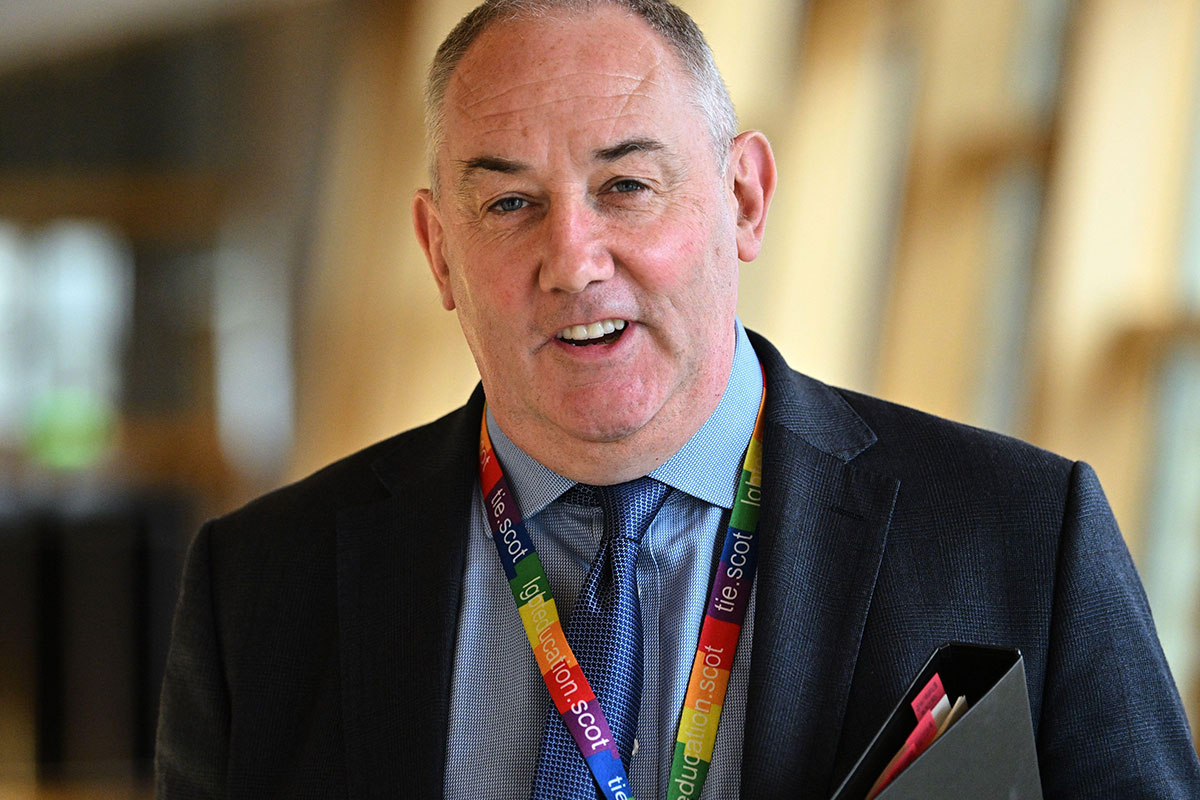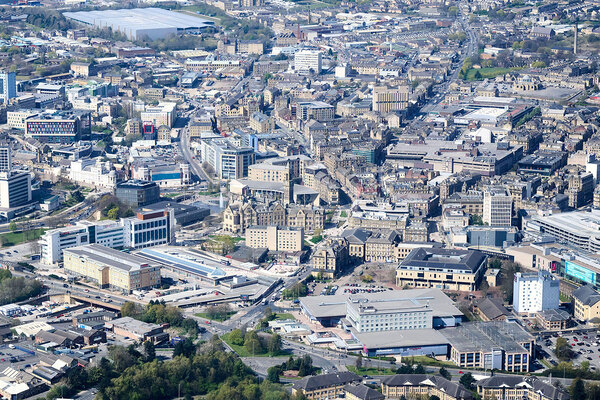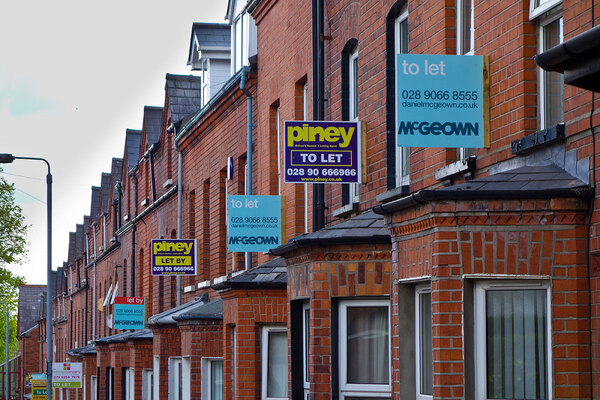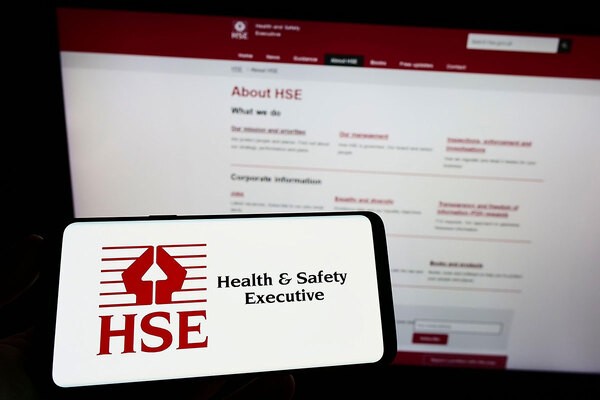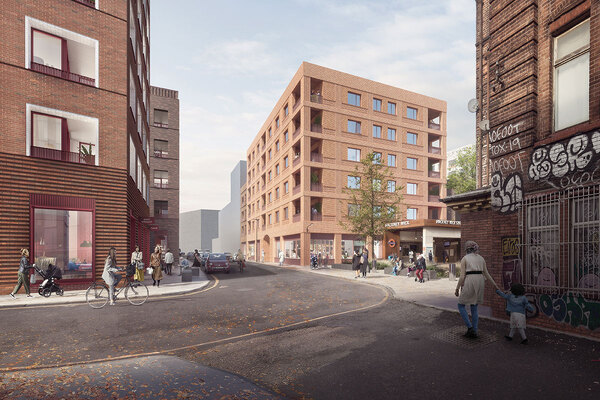Flammable cladding replaced on one of 5,500 Scottish housing blocks
Flammable cladding has been replaced on just one high-rise housing block out of 5,500 in Scotland, seven years after the Grenfell Tower fire.
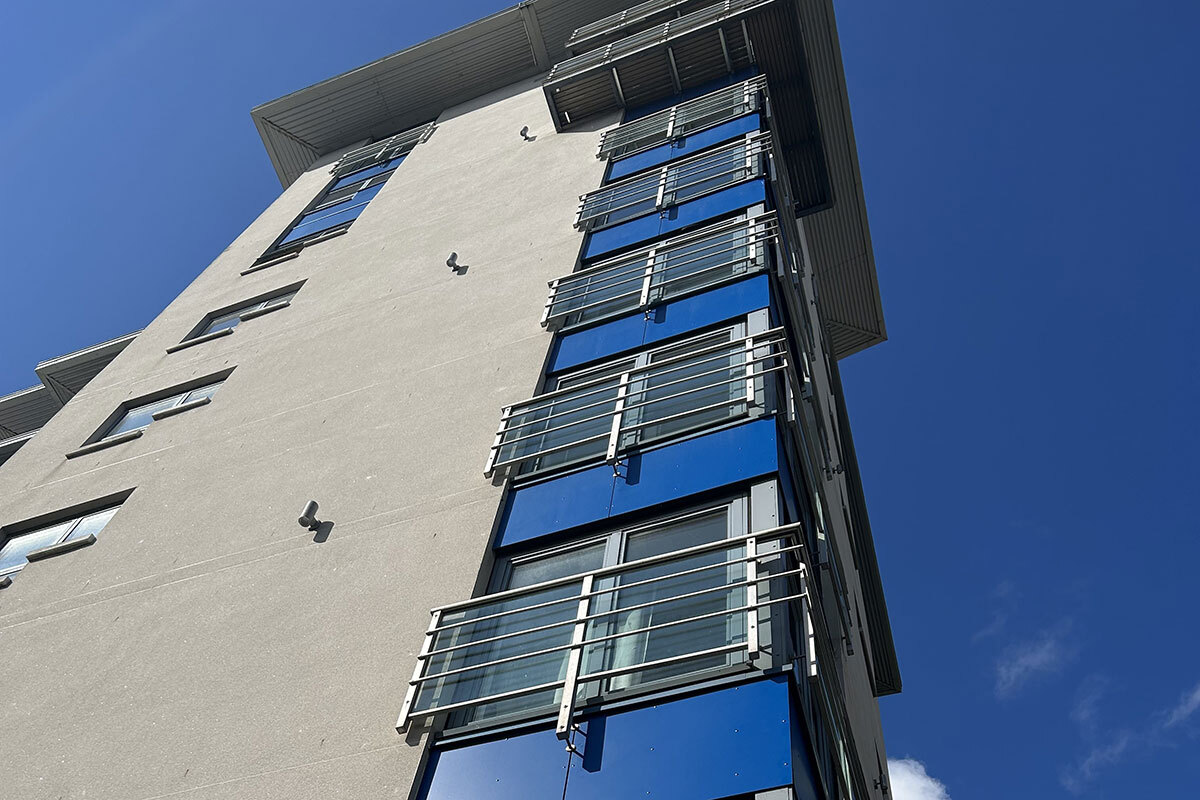
Just one building in Scotland has had its cladding replaced under a £97.1m UK government grant awarded four years ago, of which four-fifths remain unspent.
A Freedom of Information request published on the Scottish government website on 9 September revealed that work on the external wall cladding system had been undertaken on one building, while remediation had begun on a further four buildings.
As of 31 March, the Scottish government had spent £16.9m of the UK grant on its cladding remediation programme. There are a total of 107 entries in the programme, while pilot assessments have been undertaken for 30 buildings.
According to surveyors Diamond & Company, the nine-storey Aurora Apartments in Aberdeen is the only building to have been stripped of its dangerous cladding under the government scheme. The work was completed in July.
Meanwhile, separate research from the surveyors found that that there are currently 5,500 Scottish blocks with flammable cladding. These buildings are all taller than 11 metres and include both social and privately owned homes.
Assuming most of these flats are occupied by one person, the researchers said that around 25,000 people could still be living in tall buildings with flammable cladding, seven years after the Grenfell Tower fire in London.
Some of the buildings with dangerous cladding are in well-known Scottish developments such as Glasgow Harbour and Edinburgh Western Harbour, the surveyors added.
There are around nine types of combustible cladding that have been used across the UK over the past 25 years, including ‘honeycomb’ panels coated in acrylic render which melt at low temperatures and aluminium composite material, which was used on Grenfell Tower.
Diamond & Company added that the bill for removing and replacing flammable cladding with safe materials in Scotland is eventually expected to reach £7.5bn.
Phil Diamond, managing director of Diamond & Company, said that seven years on from the Grenfell Tower fire, “little has changed”.
He said: “There is now an urgent need for government in Scotland and at UK level, along with the building industry to work in partnership to make our high-rise buildings safe.”
Mr Diamond added: “One bit of positive news is that the methodologies for assessing these high-rise buildings is finally in place.
“We now owe it to those who died at Grenfell to have the courage to take the rapid action needed to ensure such a tragedy never happens again.”
A Scottish government spokesperson said: “We are aware that there are potentially a much larger number of buildings in Scotland affected by cladding, as stated for example in the financial memorandum to the Cladding Remediation Bill.
“For many such buildings, taking forward assessment and any remediation required will be a matter for the relevant developer or other responsible body.
“We are continuing to take steps to improve our understanding of the number and nature of these buildings (for example, whether they fall within the scope of the Cladding Remediation Act, and will work with relevant authorities in considering the action required.”
A law to ban combustible cladding on high-risk buildings, and the highest risk metal composite cladding material from all buildings, was passed by the Scottish Parliament in 2022.
In May, the Scottish government passed a Cladding Remediation Act, which gives Scottish ministers powers to assess and remediate buildings which have unsafe cladding, but where the consent of the owners cannot be provided.
The bill also allows for the creation of a cladding assurance register to record assessment and remediation works undertaken on buildings.
Ministers will also have the power to establish a responsible developers scheme, to support engagement with developers and encourage them to pay for or carry out remediation work.
Similar to the Responsible Actors Scheme in England, it would set conditions for developers to be members that would encourage remediation works to be undertaken.
Such a scheme would be subject to further consultation, but would probably include an agreement to pay for remediation costs, with sanctions for developers that are eligible but do not join or continue their membership.
In April, the Scottish government secured the power from the UK government to introduce a building safety levy.
Earlier this month, Scottish first minister John Swinney confirmed plans for a new bill to establish such a levy, which will raise hundreds of millions of pounds needed for the government’s cladding remediation efforts.
Sign up for our Scotland newsletter
Already have an account? Click here to manage your newsletters
